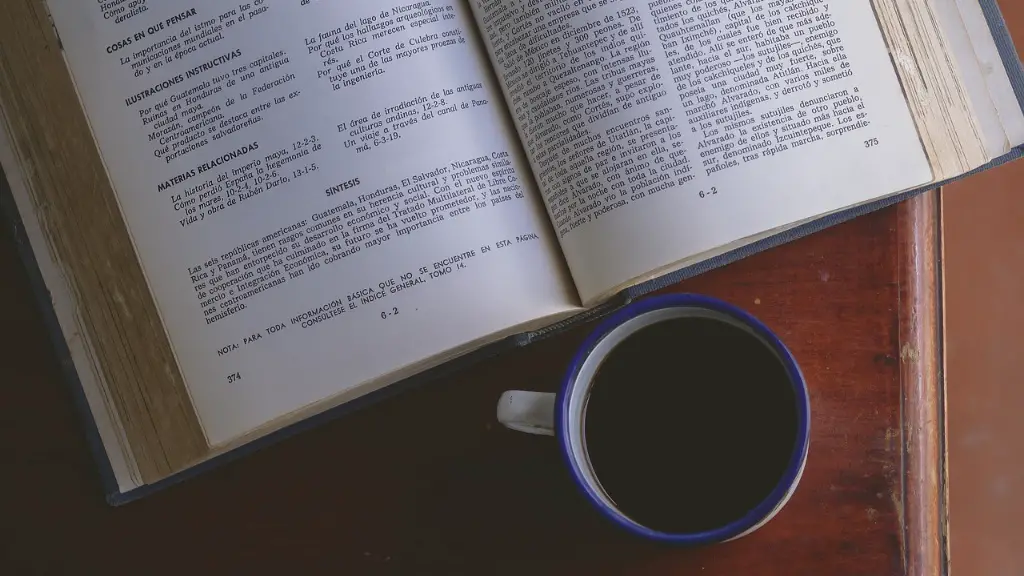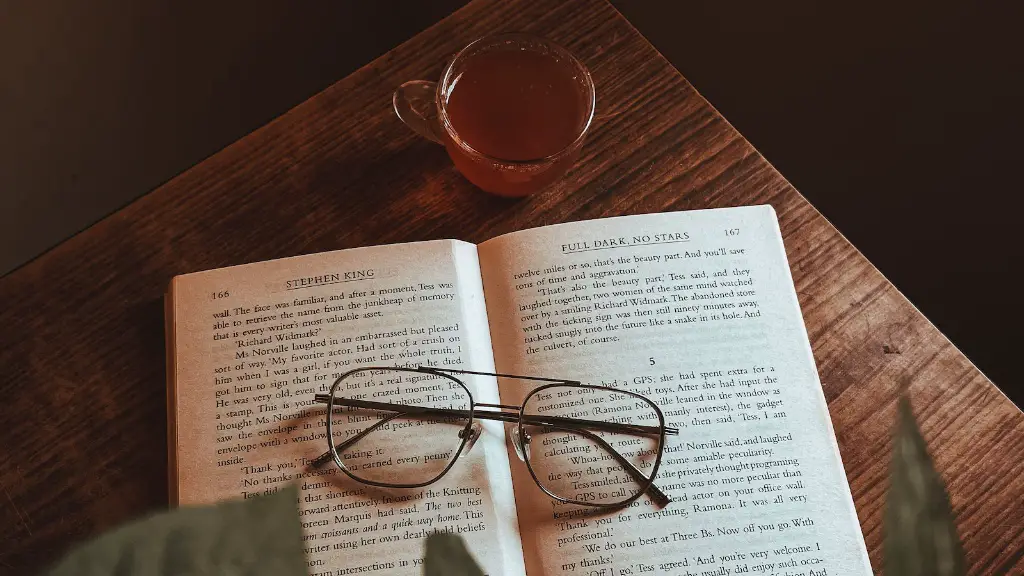What is Assonance in Poetry?
Assonance is a sound device that is commonly used in poetry. It is used to create a pleasing rhythm and sound to help engage and entertain readers. Assonance is a popular tool among poets to create poetic resonance, which is when a poem’s syntax, semantics, and sound interact to create a pleasing aesthetic or emotional effect. It is a type of alliteration or rhyme where the words do not match but the vowel sounds do.
What are Examples of Assonance?
Assonance examples can be found in many poetic works, including some of the most famous. Examples of assonance include: “Frilly panties, feline types,” and “Frosted flakes, roof rack rakes.”
One famous example of assonance from literature is from Robert Frost’s poem, “The Road Not Taken.” In the final stanza of the poem, Frost writes “I shall be telling, this with a sigh / Somewhere ages and ages hence: / Two roads diverged in a wood, and I – / I took the one less traveled by.” Here, the ‘i’, ‘a’, and ‘e’ sounds are repeated to create a subtle rhyming of the words.
What is the Purpose of Assonance?
The purpose of using assonance in poetry is to create a pleasing, rhythmic effect that can help to engage readers. When used skillfully, assonance can add texture and complexity to a poem, allowing readers to become deeply immersed in its meaning. For example, it can serve as a guide for a reader, providing musical cues and creating a breath-like cadence that can help the reader focus on and connect to the poet’s words.
Another purpose of modern poetry is to encourage readers to connect to the deeper meaning and beauty of the poem. By incorporating assonance, poets can create an effect that is both pleasing and meaningful to readers. Assonance can represent the poet’s feelings, emotions, and beliefs, echoing the spirit of the poem across its lines.
What is the Difference Between Assonance and Alliteration?
The main difference between assonance and alliteration is that assonance involves repeating vowel sounds, while alliteration involves repeating consonant sounds. While both assonance and alliteration are sound devices that are used in poetry to create a pleasing effect, alliteration is a type of alliteration in which the words do not match but the vowels do.
For example, while a line featuring alliteration would read, “Round pink pillow in the corner”, a line containing assonance would read, “Frilly panties, feline types.” In both cases, the words used create pleasing sounds that make the poem more interesting.
Is Assonance Overused?
Though assonance is a powerful sound device, it can be overused and become tiresome for readers. For example, some poets use assonance to create a singsong-like cadence to their poems, which can lead to the poem sounding monotonous and can distract readers from the poem’s meaning. Additionally, the repetition of certain vowels can make the poem seem too predictable, making it difficult for readers to connect with the poem’s message.
How to Use Assonance Effectively?
The key to using assonance effectively is to use it sparingly and strategically. Choosing words that contain the same vowel sound can add texture and complexity to a poem without it feeling monotonous. Additionally, to create a strong connection between a poem’s sound and its underlying meaning, assonance should be used to reflect the tone and sentiment of the poem.
What is the Role of Assonance in Metaphors?
Assonance often plays a central role in creating powerful metaphors in poetry. Assonance can be used to create a deeper connection to the tone and subject matter of the poem, which can then be used to create a more profound metaphor. For instance, in a poem that involves discussing a concept like fear, the use of assonance can create an almost oppressive atmosphere by slowly repeating the same vowels over and over again. This can serve to further emphasize the sense of fear conveyed in the poem, as well as create a particularly haunting mood.
How Does Assonance Affect the Reader?
Assonance can be used to create an emotional connection between the reader and the text. By using assonance to create a musical atmosphere, poets can engage and captivate the readers, helping to draw them into the poem’s message. Additionally, assonance can serve as a tool for readers to better understand the poem’s deeper meaning. For example, if a poem is discussing a concept like loneliness, the use of assonance can further emphasize this feeling, helping readers to better understand the poem’s message.
How Does Assonance Work in Rhyming Poems?
Assonance is often used in conjunction with rhyming in poetry. By strategically placing words that contain the same vowel sound in a poem, poets can create patterns and constructions that are distinctly musical. This can help to add a further layer of depth and complexity to the poem, making it even more interesting and engaging for readers. Additionally, the use of assonance can help create a smoother, more coherent flow to the poem’s rhyming structure, allowing readers to become even more immersed in the poem’s message.
How Does Assonance Add Atmosphere?
The use of assonance can be a powerful tool for creating a particular atmosphere in a poem. Depending on the phrase or sentence, the use of assonance can create a haunting or melancholic mood. Alternatively, it can be used to create a more playful or lighthearted atmosphere, allowing readers to better connect to the poem’s message. Assonance can also help to add a subtle lyrical quality to the poem, as the repeating of certain vowel sounds often creates a gentle, calming sound.
What is the Role of Assonance in Concrete Poetry?
The use of assonance is often a staple in concrete poetry, as the repetition of certain vowel sounds within the poem can help to create a rhythmic, musical effect. This, in turn, can help to further emphasize the meaning of the poem, as readers will be deeply immersed in its sound. Additionally, the use of assonance can help to create a distinct visual pattern within concrete poetry. For example, if a poet repeats the same vowel sound multiple times throughout a single line, the sound will have very clear visual cues that draw attention to the poem’s meaning.
What is the Role of Assonance in Free Verse Poetry?
In free verse poetry, assonance can be used to give the poem a more lyrical quality. By skilfully repeating certain vowel sounds, a poet can create a poetic effect that is both pleasing and meaningful. The use of assonance in free verse poetry helps to create a sense of order within the poem and can also serve to emphasize the meaning of the poem. Additionally, the use of assonance can help to draw attention to specific moments or images within the poem, as the repetition of certain vowel sounds can create an almost musical effect that will linger in a reader’s mind.



